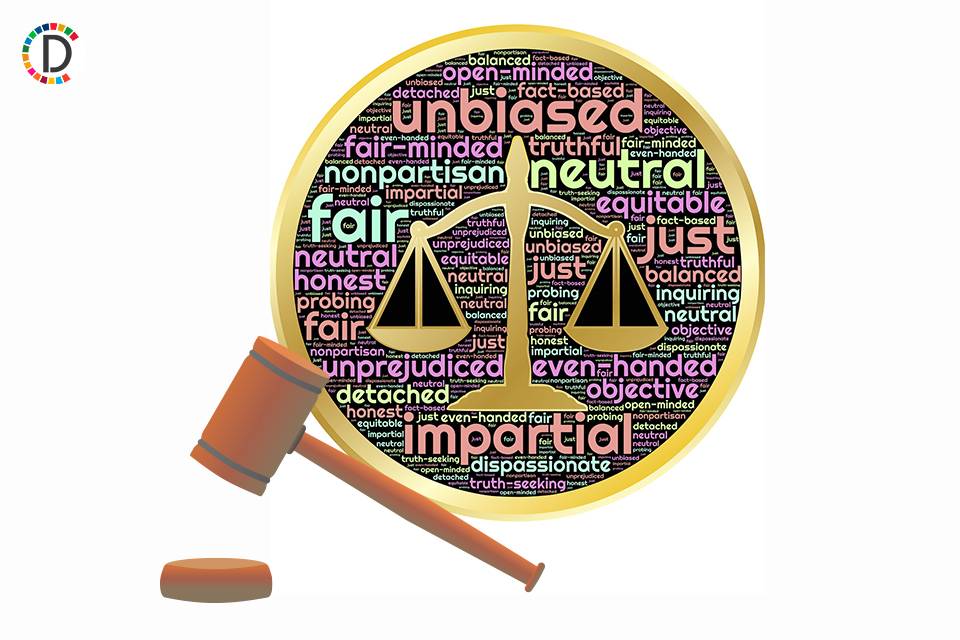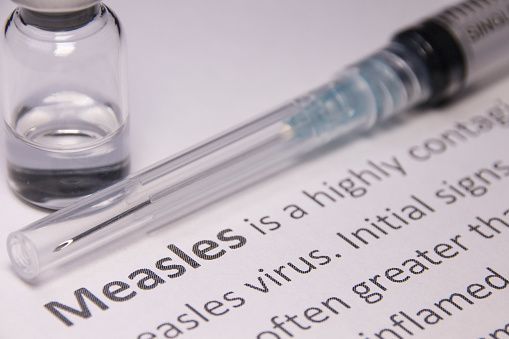
Ukraine has concentrated minds on shoring up the continent’s defences and pushed states towards accepting defence spending increases by individual member states to Trump’s ambitious 5 per cent of GDP. Frontline state Poland, desperate to maintain US engagement, has made it the central thrust of its EU presidency. Trump’s re-election, however, with renewed demands for European burden-sharing, has brought a new urgency.
His previous threats to US support for Nato and his aggressive trade diplomacy leave no-one in any doubt that he is prepared to use leverage, and that the Nato plans for a 3-3.5 per cent of GDP spending target will not be enough to convince. EU states have increased military spending to €330 billion in 2024, up a third since 2021.

And there are promises to go further but, one suspects, Monday’s agreement to change EU fiscal rules to ensure defence spending is not counted against deficit targets is unlikely to satisfy Trump. And the leaders were not able to agree on raising joint debt bonds to finance more defence spending. On Greenland they sent a defiant message that the island is not for sale, with Nato secretary general Mark Rutte offering more Nato troops to the Arctic to protect it from supposed Russian and Chinese threats.
EU leaders face a challenge to persuade voters of the need for more defence spending. And in neutral Ireland the issue is particularly contentious. But pressure will grow on this State, already facing calls to do much more to protect vital under-sea cables off its coast.
.















